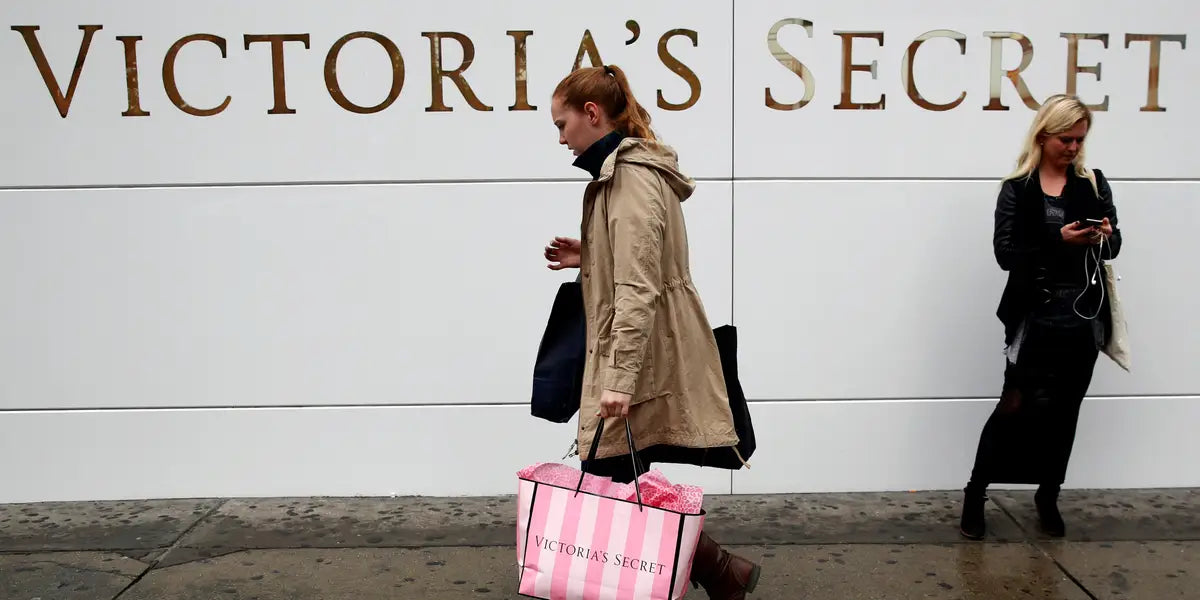Victoria’s Secret, the iconic American lingerie giant, finds itself at a pivotal crossroads. In a quarter marked by shifting consumer behavior, escalating operational pressures, and the looming specter of tariff increases, the brand’s latest financial disclosures offer both a sobering reality check and a nuanced portrait of strategic resilience. While topline sales forecasts remain steadfast, the company’s decision to lower its profit outlook underscores the complex web of challenges facing fashion retailers in today’s global marketplace.
A Quarter of Contrasts: Sales Stagnate as Costs Mount
At first glance, Victoria’s Secret’s recent financials present a mixed bag. North American store revenues slipped by 1.1%, landing at $721.3 million—a modest but notable contraction in a historically robust region. The digital landscape offered little refuge, with online sales falling 3.5% to $433.2 million. In an era where e-commerce is often viewed as a lifeline, this dip signals both intensified competition and perhaps a shifting brand resonance among digitally native consumers.
Yet, Victoria’s Secret managed to more than halve its net loss. Thanks to lower financing costs and a reduced tax burden, the company’s net loss attributable to shareholders shrank dramatically—from $3.64 million in the same period last year to just $1.66 million this quarter. The diluted loss per share reflected this progress, narrowing from $0.05 to $0.02. These improvements, however, serve as only partial consolation in a period where operating profit tells a different story.
Operating Profit: Savings Undermined by External Pressures

Despite proactive efforts to rein in operating costs, Victoria’s Secret’s reported operating profit fell by a striking 24.7%, dropping to $19.8 million. Adjusted for special effects, operating profit decreased by 20% to $31.7 million—marginally better than analysts had feared, but still a clear signal of headwinds buffeting the business.
This duality—cost containment on one hand and eroding profits on the other—reflects a broader truth in retail: efficiency gains can only do so much when macroeconomic forces intensify. The company’s leadership has not shied away from acknowledging these realities in its forward guidance.
Tariff Increases: The Silent Saboteur
Perhaps the most significant factor shaping Victoria’s Secret’s revised outlook is the unexpected rise in tariffs. Management has attributed an estimated additional $50 million in costs for the current fiscal year to these increases. In an industry where margins are already razor-thin and global supply chains are finely calibrated, even modest tariff hikes can send ripples through the entire balance sheet.
Tariffs, often discussed in abstract policy terms, have an immediate and material impact on brands like Victoria’s Secret, which depend on a complex web of international sourcing and manufacturing. The new cost projections underscore a key tension: how to balance operational agility with the unpredictability of global trade dynamics. For Victoria’s Secret, the answer—at least for now—has been to revise profit forecasts and double down on efficiency initiatives.
Annual Forecasts: Confidence in Sales, Caution in Profits
In a carefully calibrated move, Victoria’s Secret has reaffirmed its annual sales target, maintaining guidance at $6.2 to $6.3 billion. This signals both a confidence in the brand’s underlying demand and a recognition that topline growth remains achievable despite short-term turbulence.
However, the picture is less rosy on the profit front. The company’s adjusted operating profit forecast has been trimmed from a range of $300 to $350 million down to $270 to $320 million. This recalibration is a direct response to the anticipated impact of tariff-driven costs—a decision that, while pragmatic, may disappoint investors hoping for a more robust recovery in margins.
Such stewardship reflects a mature approach to financial management in uncertain times. By holding the line on sales projections but offering a more conservative profit outlook, Victoria’s Secret acknowledges both its strengths and its vulnerabilities. The message to the market is clear: growth is possible, but not at the expense of realism.
The Broader Retail Context: Lessons from Victoria’s Secret
Victoria’s Secret’s experience is emblematic of the broader challenges facing fashion retailers in 2024. The interplay of shifting demand patterns, digital transformation, and the unpredictable impact of international trade policy creates a landscape where agility and adaptability are paramount.
- Consumer Behavior: The decline in both in-store and online sales suggests that even legacy brands must continue to innovate and re-engage with evolving customer preferences.
- Operational Excellence: Cost savings are essential but not sufficient when external pressures—like tariffs—can swiftly erode hard-won efficiencies.
- Financial Transparency: The decision to lower profit forecasts, rather than paper over challenges, signals a commitment to transparency that investors and analysts will likely appreciate in the long run.
As brands across the sector reevaluate their strategies, Victoria’s Secret’s approach offers a case study in balancing optimism with operational discipline.
Looking Ahead: Strategic Questions and Market Implications
What does the future hold for Victoria’s Secret and its peers? The company’s willingness to face uncomfortable truths—acknowledging both the persistent appeal of its brand and the real pressures on its bottom line—may serve it well as the industry continues to evolve.
Key questions remain: Will tariff pressures persist, or will regulatory relief offer a reprieve in future quarters? Can Victoria’s Secret reverse declining digital sales with renewed innovation or targeted marketing? And, perhaps most importantly, will the brand’s cost-control efforts be enough to preserve long-term profitability in an era of mounting external risks?
For now, the message from Victoria’s Secret is one of guarded resilience. The lowered profit forecast is not a retreat, but a recalibration—an acknowledgment that success in today’s fashion marketplace requires both bold ambition and sober realism.
Conclusion: Navigating Turbulence with Transparency
Victoria’s Secret stands at a defining juncture. The interplay of declining sales, rising tariffs, and shifting consumer dynamics has forced the brand to confront uncomfortable realities—and to do so publicly. Yet, in its candid approach to forecasting and its continued focus on operational discipline, the company offers a blueprint for navigating uncertainty.
As the global fashion industry watches closely, Victoria’s Secret’s next moves will be scrutinized not just for their financial impact, but for what they reveal about the future of retail resilience. One thing is certain: in a world of rapid change, adaptability and transparency are the new markers of industry leadership.











